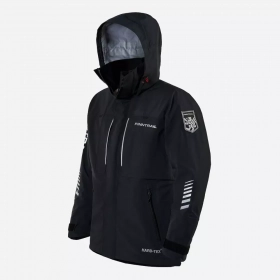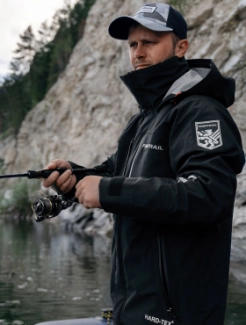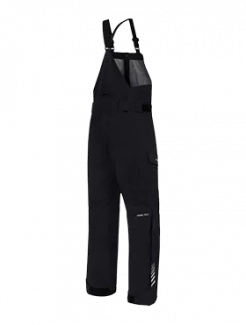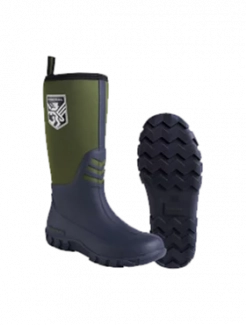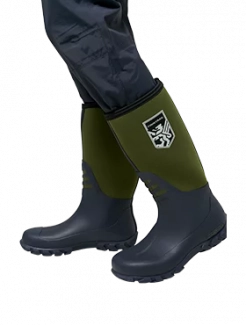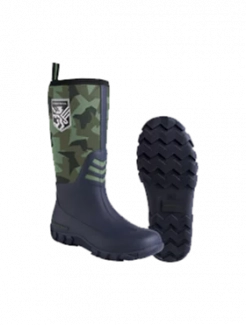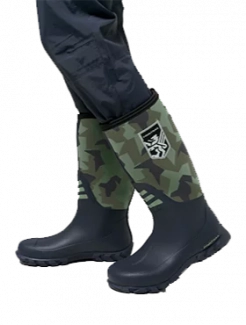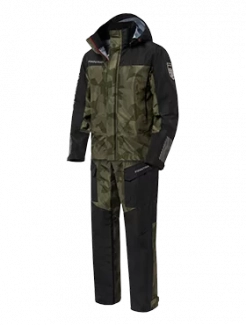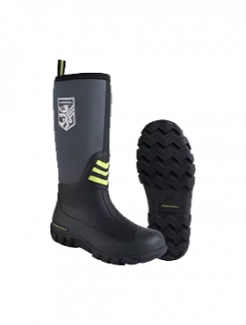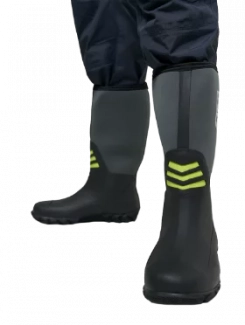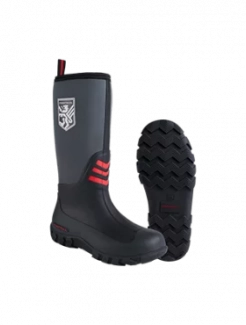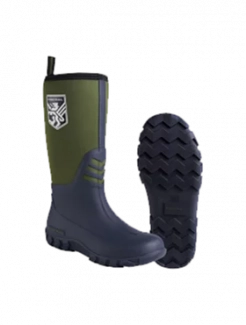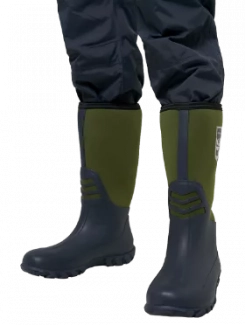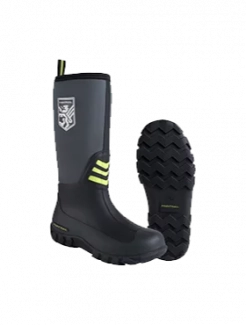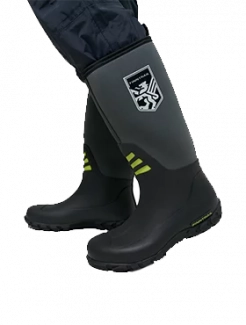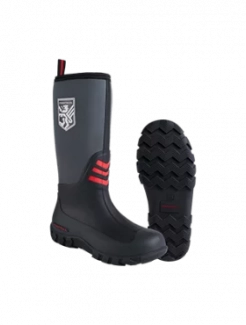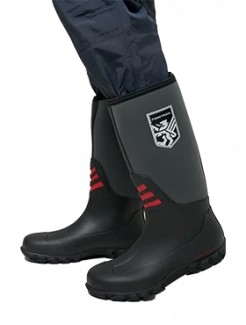Fishing Rod Basics: How to Cast and Reel Properly
Whether you’re standing by a lake, on a riverbank, or casting off a dock, learning how to use a fishing rod is the first step to becoming a confident angler. It might seem tricky at first, but with a little practice and the right technique, anyone can master it. Here's what you need to know.
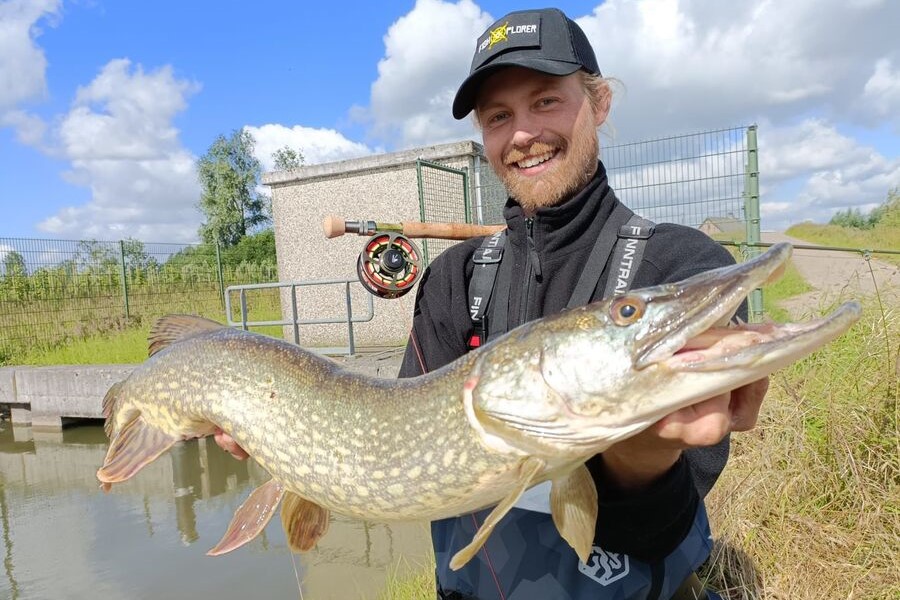
Understanding the Basics: What Is a Fishing Rod For?
At its core, a fishing rod is a flexible pole designed to help you cast bait or a lure into the water and reel in fish. The line runs through a series of guides and tips—small loops that control how the line moves. At the very top of the rod is the rod tip, a sensitive section that helps detect bites.
Each rod is made for specific types of fishing. A spinning rod is versatile and beginner-friendly, ideal for casting lightweight lures. A fly fishing rod is built for casting nearly weightless flies using a special line.
Getting Started: Assembling and Setting Up Your Rod
Before you can cast your first line, you need to know how to set up your rod. Slide the reel into place on the rod and tighten it. Thread the fishing line through each rod line guide, starting from the reel and ending at the tip. Tie on your lure or bait using a reliable knot, and you're ready to go.
It’s also important to check the line tension and drag on your reel. These help you control how much resistance a fish feels when it bites. A well-balanced setup is key to success.
Casting the Line: The Right Way to Start
Learning how use fishing rod involves practicing your cast. With a spinning rod, flip open the bail, hold the line with your finger, and sweep the rod forward in a smooth motion. Let go of the line mid-cast to let it fly. Close the bail after the cast lands to prepare for the retrieve.
Fly fishing works differently. You’re not casting the bait—you're casting the line itself. To use a fly fishing rod, you’ll need to learn the back-and-forth rhythm of the fly cast, where timing and technique are essential. It takes more finesse, but it’s extremely rewarding once mastered.
Hooking a Fish: What to Watch For
When your lure is in the water, pay close attention to the rod tip. If you see movement or feel a tug, it could mean a fish has taken the bait. Gently lift the rod to set the hook, then begin reeling in while keeping the line tight.
A strong rod tip helps detect even subtle bites. That’s why understanding your rod tip is important—it’s the most sensitive part and your best friend when you’re waiting for action.
Reeling In and Landing the Fish
Once a fish is hooked, keep the pressure steady. Let the rod do the work. If the fish fights, let it run briefly, then reel in as it tires. Use your rod’s flexibility to absorb sudden pulls, and guide the fish toward you with smooth, controlled motion.
Mastering the reel takes time, especially with a fly reel. Most of the fight in fly fishing is done by hand, using the line itself before engaging the reel.
Can You Mix Gear? What You Need to Know
Can you use a fly fishing rod for regular fishing or a spinning rod for fly fishing? Technically, no. These rods are designed with different casting mechanics and line types. Using the wrong rod can make casting nearly impossible or ineffective. Stick to gear designed for your fishing style to get the best results.
Final Thoughts
Knowing how to use a fishing rod isn’t just about technique—it’s about enjoying your time on the water. Start with the basics, choose the right equipment, and keep practicing. These tips will help you build confidence and improve with each outing. Whether you're spinning or fly fishing, the more you fish, the more natural it all feels.

